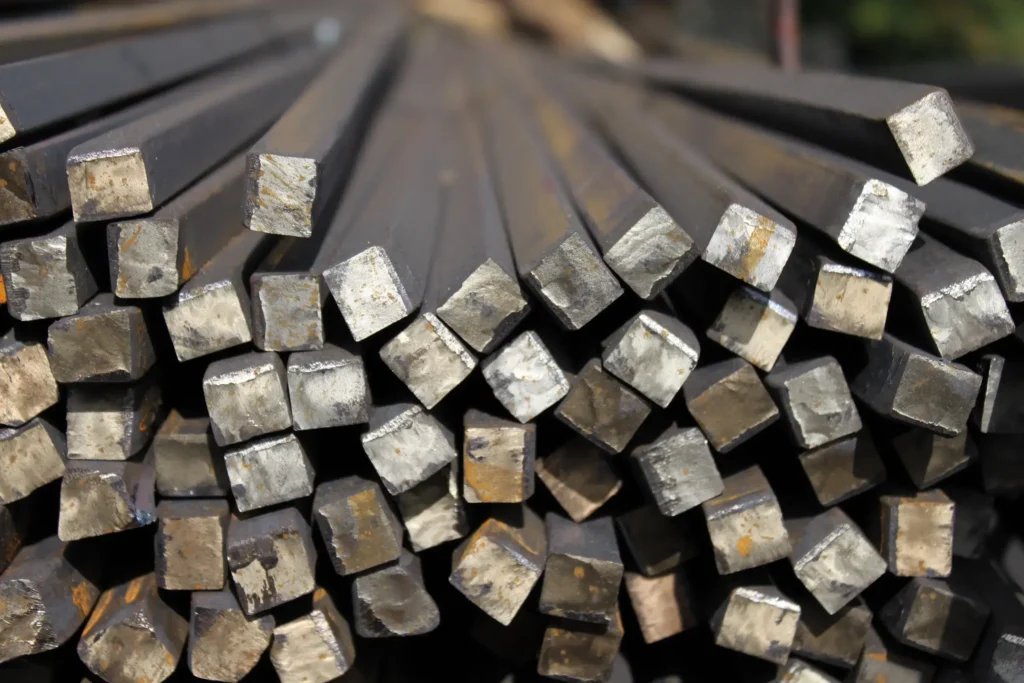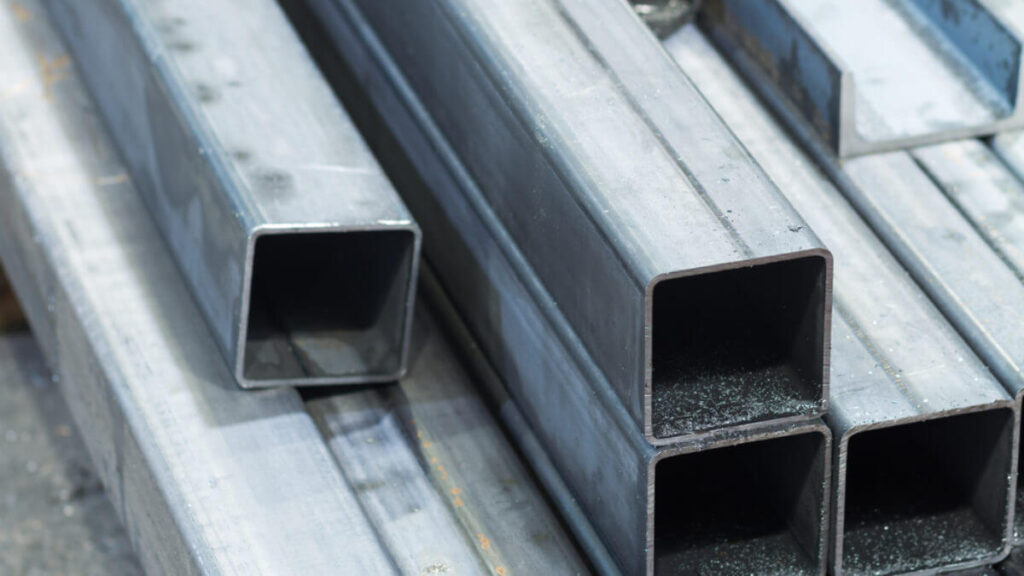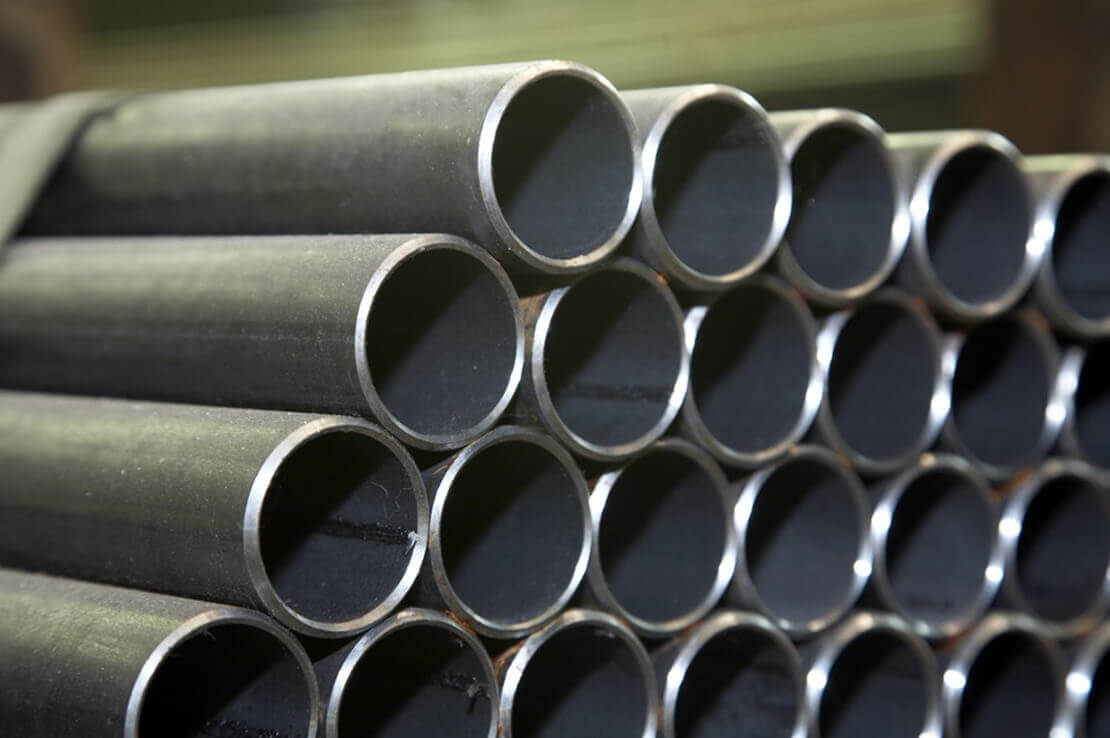Heat treatment techniques for carbon steel
Heat treatment techniques play a vital role in determining the characteristics and properties of carbon steel. Carbon steel is a widely used material due to its high strength, durability, and affordability. However, its properties can be further enhanced through various heat treatment processes.
In this article, we will explore some important processing factors of carbon steel and discuss different heat treatment techniques that can be used to improve its mechanical properties.
1.Considerations when machining carbon steel
1) Carbon content
One of the key factors to consider when machining carbon steel is the carbon content. Carbon steel typically contains less than 2% carbon, but the exact content can vary depending on the desired properties. Higher carbon content generally results in increased hardness and strength, but also reduced ductility and toughness. Therefore, it is important to carefully select the carbon content based on the intended use of the steel.
2) Heating and cooling rates
Another important factor to consider is the heating and cooling rates during heat treatment. Because both the heating and cooling rates of steel can significantly affect its microstructure and mechanical properties. While rapid heating and cooling (known as quenching) can produce a stronger, hardened structure, slower cooling rates (such as annealing) can produce a softer, more ductile material.
Therefore, the choice of heating and cooling rates depends on the desired properties and the specific heat treatment technique being employed.

2.Common Techniques for Processing Carbon Steel
1) Tempering
One common heat treatment technique for carbon steel is tempering. Tempering involves heating the steel to a specific temperature below the critical point and then cooling it in still air. This process helps to relieve internal stresses and increase the toughness of the steel.
The exact temperature and duration of tempering depends on the desired properties, with higher temperatures resulting in lower hardness but higher toughness.
2) Quenching
Another important heat treatment technique is quenching. The process involves heating the steel to a high temperature and then rapidly cooling it in a quenching medium such as oil or water. This rapid cooling creates a hard, brittle structure called martensite.
However, martensite is too brittle for most applications, so the steel is then tempered at a lower temperature to reduce its hardness and increase its toughness. Quenching and tempering are commonly used to produce high-strength, wear-resistant carbon steels.
3) Normalizing and Annealing
In addition to tempering and quenching, other heat treatment techniques such as normalizing and annealing can be employed to improve the properties of carbon steel. Normalizing involves heating the steel to a temperature above the critical point and then cooling it in still air. This process helps refine the grain structure and improve the uniformity of the steel.
On the other hand, annealing involves heating the steel to a specific temperature and then slowly cooling it in a controlled environment. This process helps relieve internal stresses and improve the ductility and toughness of the steel.

In summary, heat treatment techniques are essential to improving the properties of carbon steel. Factors such as carbon content, heating and cooling rates, and the specific heat treatment technique employed all play a vital role in determining the final properties of the steel.
Whether it is tempering, quenching and tempering, normalizing, or annealing, each heat treatment technique offers unique advantages and can be tailored to the specific requirements of different applications.
By carefully selecting and implementing the appropriate heat treatment technique, manufacturers can optimize the mechanical properties of carbon steel and ensure its suitability for a wide range of industrial applications, such as milling machine parts.
